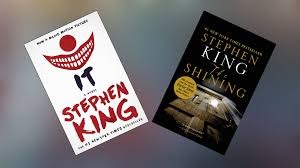
Once considered shallow and decried, comic books have revived in the past 20 years. With the blockbuster movies from the Marvel and DC stables, they are now a serious business.
Reading as a hobby, a guilty pleasure and an addiction is something that is dying out in this technology-obsessed world. Youngsters nowadays are immersed in their Play Stations, multi-role player games, OTT platforms streaming any kind of content you desire and of course that invention of the devil, the smartphone.
Finding a teenager or preteen who reads is like discovering a caveman walking about on the streets of New Delhi, an anachronism and even an object of derision. It’s amazing to think that a mere fifty years back, for the generation that grew up in the fifties, sixties and seventies reading books and comics was the favourite pastime.
Back in the good old days the Higginbothams or A.H.Wheeler kiosks were one of the landmarks in each railway station across the length and breadth of the country. These were the Caves of Ali Baba holding untold treasures and all you needed to unlock these were a few paise, the Open Sesame which would throw open the gates of paradise where you could browse to your heart’s content making the agonizing choice between a Dell Donald Duck comic or a Gold Key Tarzan comic, an Enid Blyton adventure novel of the latest Biggles adventure by Capt. W.E. Johns. Those lucky enough to have grown up in those halcyon days will remember the pleasure they took in reading these books and especially the comics, treasure houses of exciting stories with panel after panel of wonderful art that would transport us to the myriad worlds of the imagination.
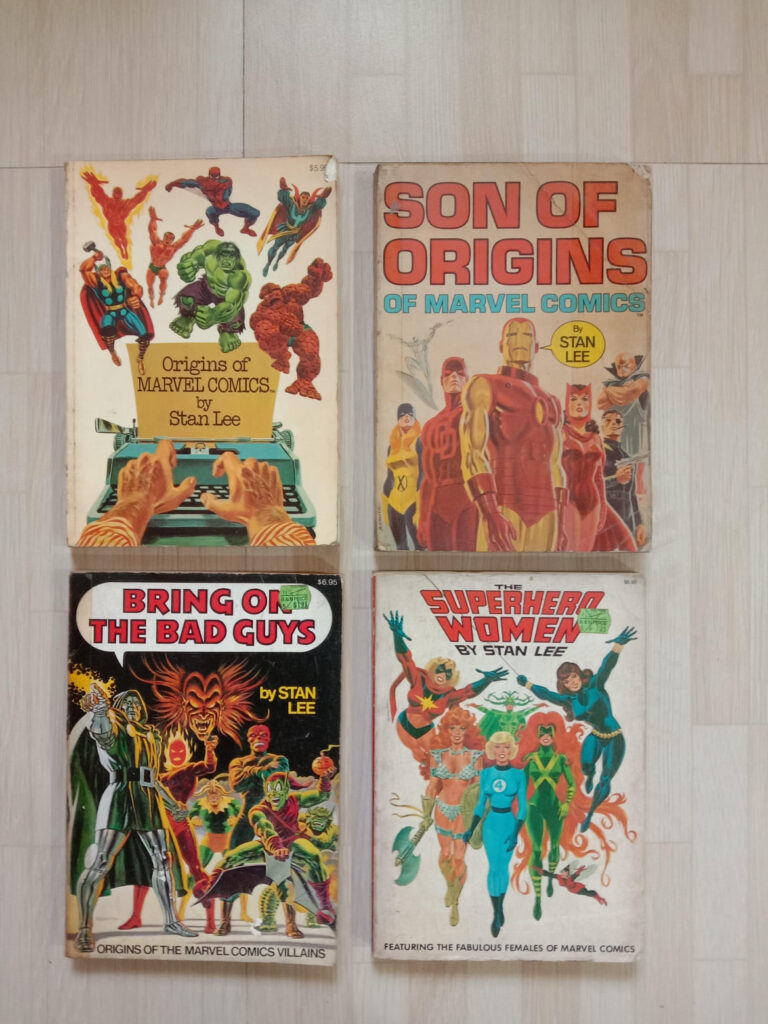
Comic collection- A fashion statement
The humble comic book, loved by children for nearly a hundred years, but decried and despised by imbecilic adults for supposedly being shallow, derivative and even for corrupting young minds, has seen a revival in the last twenty years. Comic book collecting is now not just a fad of children, some of the richest and most well-known collectors of articles related to popular culture in the world are now collecting comics. Vintage comic books have sold for astronomical sums in the recent past with collectors paying millions of dollars for a copy of Action Comics 1 the first appearance of Superman ( published in the year 1939 ), Detective Comics 27 the first appearance of Batman ( published 1939 ) and Amazing Fantasy 15 the first appearance of Spiderman ( published 1962 ). Similar ‘key’ comic issues sell regularly for huge amounts and today comic collections are big business, even for Indian collectors who are scrambling to locate early issues of Indrajal comics first published in the early 1960s, and Amar Chitra Katha ( especially the first 10 issues which were only published in Hindi ).
I was drawn into the world of comics by the Phantom, The Ghost Who Walks, The Man Who Cannot Die, that masked defender of justice who used to make a fortnightly appearance in Indrajal Comics published by the Times of India. Soon I was introduced to Mandrake the Magician, Flash Gordon, Tarzan of the Apes, Superman, Batman, Little Lulu, Bugs Bunny, Donald and a whole host of other ducks, geese, foxes, dogs, pigs and other anthropomorphic animals. In a matter of hours, I was addicted and have remained enslaved to these wonderful creations for over 50 years, oblivious to the sneers of the uninitiated nincompoops, lost in their world of big bucks, exotic cars and social climbing.
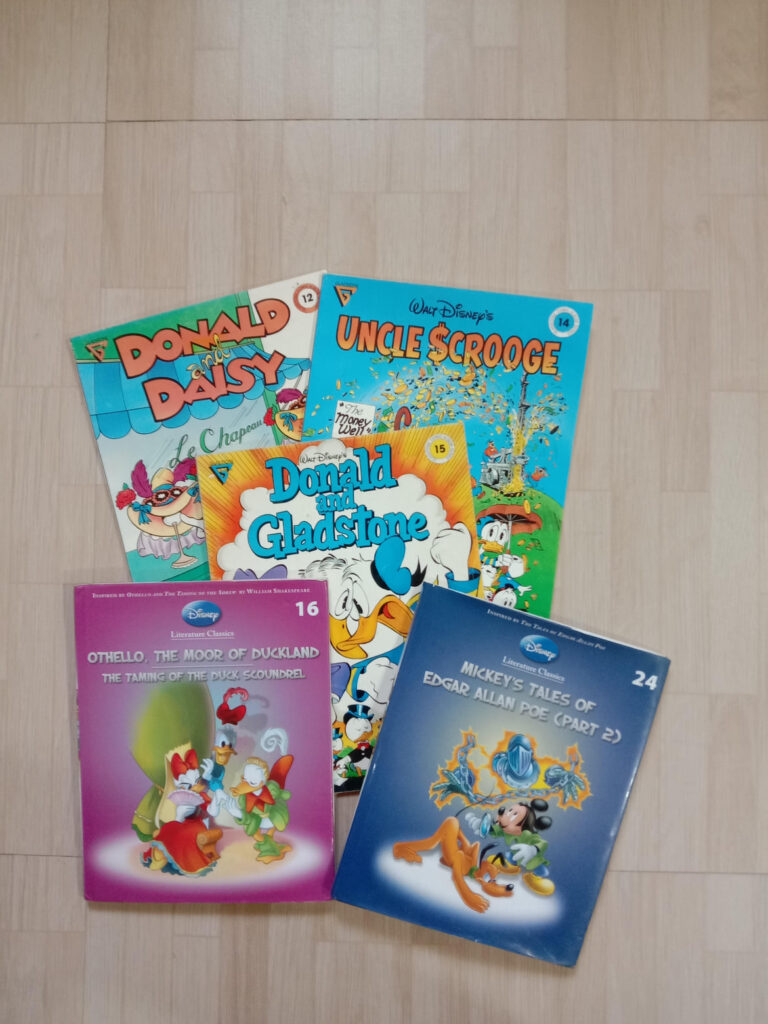
Comic strips have been in existence for over 100 years, initially as a few panels in the newspapers and then, as their popularity increased, getting a whole page or more to themselves, especially on weekends. Hal Foster’s ‘ Tarzan “ and ‘Prince Valiant’, Alex Raymond’s ‘Flash Gordon ‘, Lee Falk’s ‘The Phantom‘ and ‘Mandrake the Magician’ and Milton Caniff’s ‘ Terry and the Pirates’ and hundreds of other characters captured the imagination of millions of readers worldwide. The first comic book is believed to be ‘The Adventures of Obadiah Oldbuck‘ which appeared in several European languages in 1837. Written and drawn by Swiss artist Rudolph Topffer, an English version was published in Britain in 1841 and reprinted in America in 1842. The first monthly comic book came out in January 1922 and was called, what else, Comics Monthly.
The golden age of comics
Early comic books were usually collections of comic strips which were appearing in the newspapers at the time, and thus already had a dedicated readership. Slowly, original content also started to appear. The period from 1938 to 1956 is known as the Golden Age of Comic Books. It saw the appearance of the costumed superheroes who would go on to rule comicdom. The first Superman comic appeared in 1938, followed by Batman, Flash, Wonder Woman, Green Lantern and a host of others. All of the above were published by DC comics. Marvel Comics, the other comic publishing giant, brought out characters like Spider-Man, Thor, the Incredible Hulk, Captain America and the X Men. Other major comic publishers included Dell Comics with their Four Color Comics line ( including universal favourites like Donald Duck and Mickey Mouse created by Walt Disney ), Harvey Comics, Fawcett Comics and Archie Comics who introduced the world to a red-haired teenager named Archie Andrews and his friends Jughead, Reggie, Betty and Veronica.
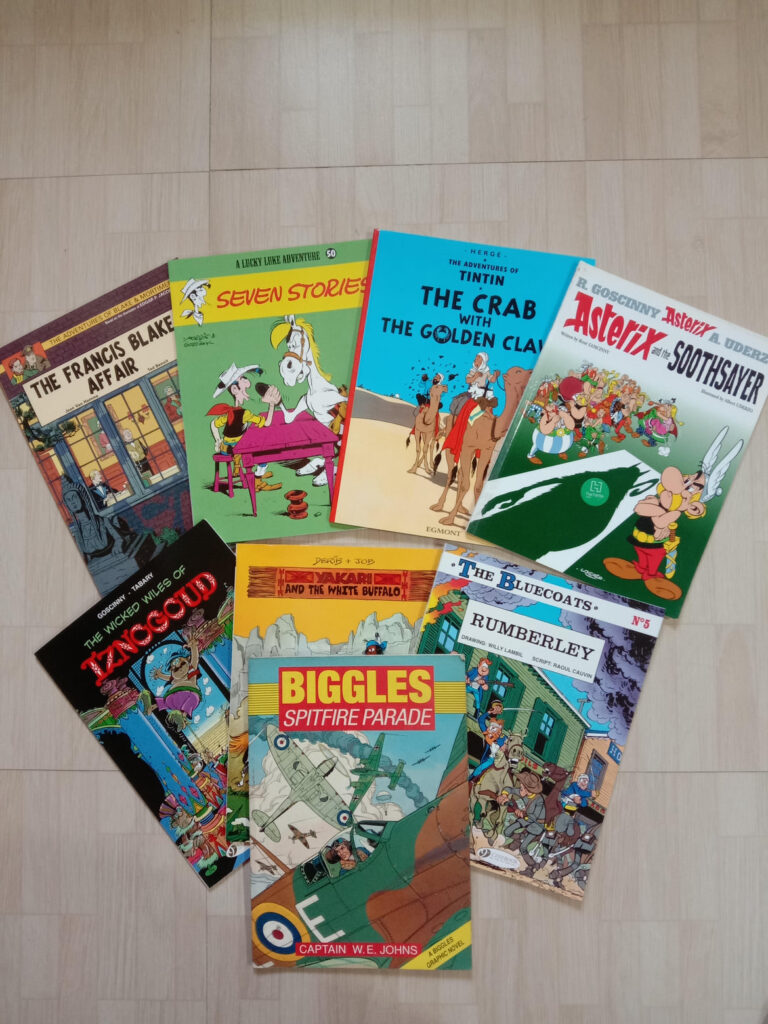
The period from the forties to the sixties also saw the flowering of the talents of some of the greatest comic book creators. Hal Foster, Burne Hogarth, Alex Raymond, Alex Toth, Walt Kelly, Stan Lee, Jack Kirby, Steve Ditko, Carl Barks, Will Eisner, Russ Manning, John Buscema, John Stanley and several other wonderful writers and artists emerged during this period. The torch has since been passed and the likes of Alan Moore, Grant Morrison, Craig Johnston, Joe Sacco, Marjane Satrapi and many others carry on the glorious tradition of sequential art. The comic book has also flowered in places like France, Belgium and Holland and some of the best comics have come from these countries and characters like Tintin, Asterix the Gaul, Iznogoud, Lucky Luke and Blake and Mortimer have conquered the world.
A serious business
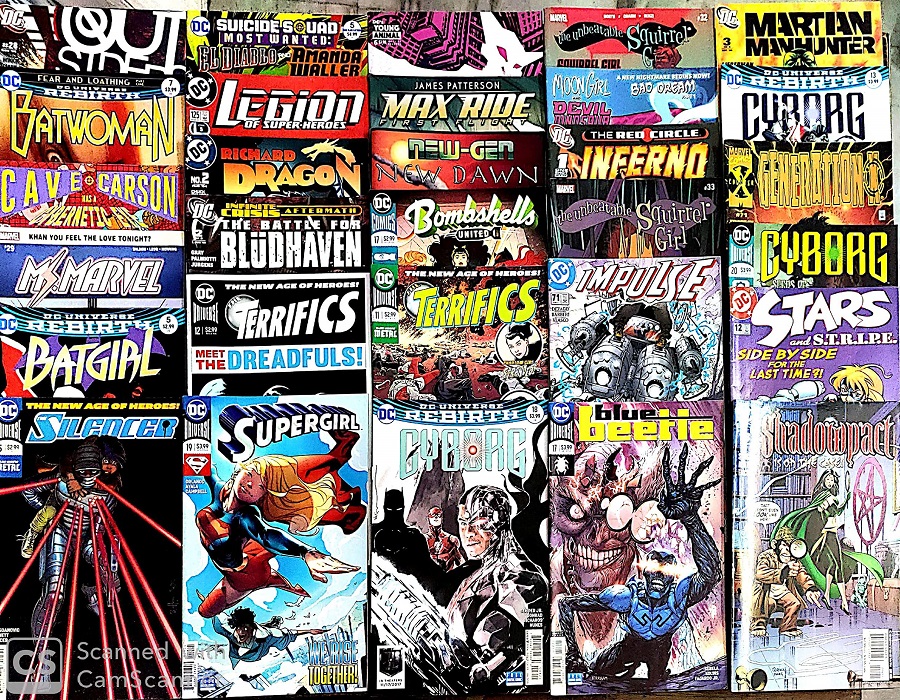
While early comic books were generally aimed at a juvenile audience, the storylines soon became more complex and the characterization more detailed. The old cardboard characters began to change into much more believable characters and the black and white characters began acquiring shades of grey. Comics began to address serious issues like drug addiction and AIDs. Comic creators like Garry Trudeau in ‘Doonesbury‘ and Walt Kelly in ‘Pogo’ began to produce scathing satirical evaluations of the political climate of the day. The emergence of graphic novels in the 1980s and the 1990s took comics to another level. Aimed at adult audiences and featuring adult themes, many of them gained a cult audience and won rave reviews. Art Spiegelman’s ‘Maus’, published in 1992 was the first graphic novel to win a Pulitzer Prize. It was a horrifying, yet evocative, look at the Holocaust. Alan Moore’s ‘Watchmen’ and ‘V for Vendetta’, Frank Miller’s ‘ The Dark Knight Returns’ and Neil Gaiman’s ‘ Sandman’ series were some of the many graphic novels to win prestigious literary awards. The legitimization of the comic book as a genuine literary genre was complete.
The current generation is not one known for its literary predilections. The recent spate of blockbuster movies from the Marvel and DC stables has however rekindled interest in comics. Moreover, now access to the best books and comics has become much easier due to the availability of e-books and comics in digital formats. The digital era has been revolutionary in increasing the popularity of comic books but has also increased in the popularity of print comics. A whole world of untold wonders beckons the new reader. Surrender to its siren song and come along for the ride. You will never regret it.


